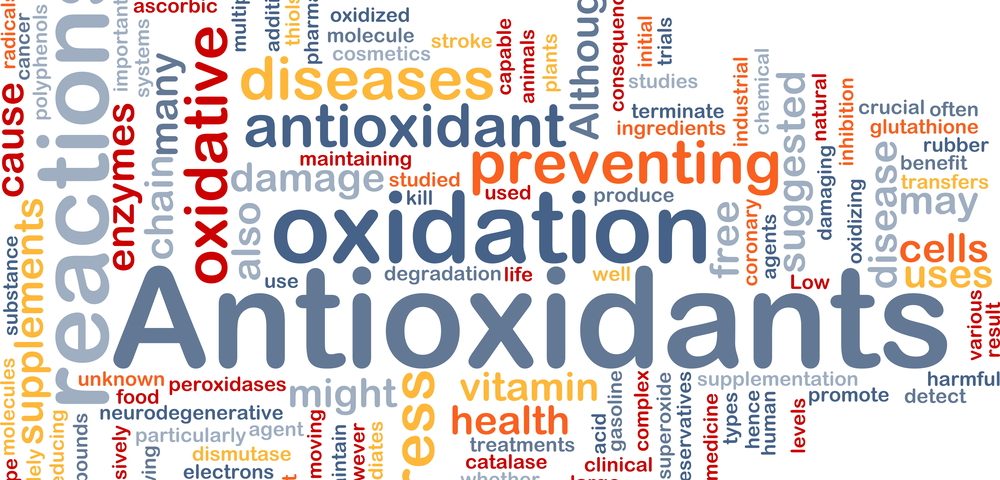Researchers have identified a new mechanism that likely mediates pain in endometriosis through microRNAs, which in turn affect gene activity of inflammatory and pain-related genes.
These microRNAs, researchers argued, can be used as targets in the development of new endometriosis drugs that work to reduce oxidative stress.
The study, “Redox regulation of microRNAs in endometriosis-associated pain,” was published in the journal Redox Biology.
The research team at the Joan C. Edwards School of Medicine of Marshall University in West Virginia has long been interested in the possibility that oxidative stress is involved in the mechanisms leading to endometriosis and associated pain.
The current discovery of links between oxidative stress and microRNAs — tiny bits of RNA that control gene activity — built on the team’s earlier research, showing that particles of oxidized low-density lipoprotein (LDL), also known as bad cholesterol, are involved in endometriosis pain. Such particles can be found in the peritoneal fluid of women with endometriosis.
But the earlier research did not reveal how oxidized cholesterol could trigger cell processes that caused pain. A possibility, they figured, was that oxidized LDL changes levels of microRNA in the tissue of lesions.
To test this, the team took a multistep approach.
They first used normal lab-grown endometrial cells and treated them either with different types of oxidized LDL or with peritoneal fluid from women with endometriosis. When they analyzed the presence of microRNA changes, they discovered the profiles were rather similar.
They then screened for alterations in microRNA levels in tissue from endometriosis patients with and without pain, as well as healthy controls.
The changes, seen in cells treated with oxidized cholesterol and peritoneal fluid and those seen in patients, partly overlapped — 22 were found altered in both treated cells and tissue.
By looking for microRNAs linked to cell pathways known to play a role in endometriosis, inflammation, pain, and gene silencing, they homed in on a handful of RNAs. For these factors, they tracked down genes likely influenced by the microRNA changes.
They figured that the activity of these genes would reveal how pain in endometriosis is triggered on a molecular level. So they measured the activity of the genes in the treated cells. In a similar way, they measured target proteins in the human tissue samples.
They did find some similarities in how genes were affected by oxidized cholesterol and peritoneal fluid. However, these genes were different from those significantly affected in human tissue, suggesting that more research is needed to understand the connections.
But the findings do suggest that pain in endometriosis could be handled with drugs that reduce oxidation. In fact, the team’s earlier experiments showed that antioxidant supplements relieved inflammation and chronic pain in women with endometriosis.

